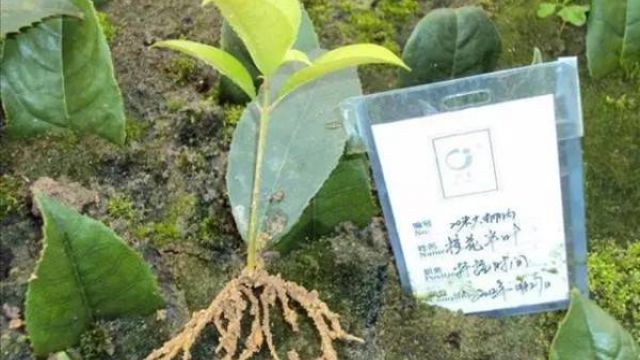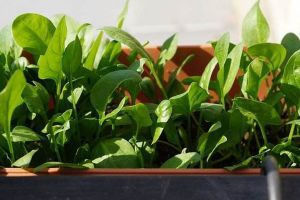How to improve the cutting Survival rate of Flowers

Select cuttings
The mother plant of strips should have the conditions of good quality, robust growth and free from diseases and insect pests. On the same plant, the sunny branches in the middle and upper parts of the year should be selected, with shorter internodes, stout branches and leaves and full bud tips. It is not suitable to choose the branches that are about to bloom and the branches that are about to grow. On the same branch, the middle and lower branches should be selected for hard branch insertion, and the tender head should be used for chrysanthemum and so on.
Selection of cutting substrate
This kind of matrix should have the characteristics of easy to increase soil temperature, water retention, ventilation and so on.
The cutting substrates used in general species are required to be loose and aerated, free of immature organic matter and salt. Commonly used are river sand, vermiculite, perlite, plain sand soil, peat soil, rotten moss, rice chaff ash and sawdust and so on. No matter which kind of matrix should be clean, uniform and medium size, the matrix in the bed should not be too thick, otherwise it is not conducive to the increase of substrate temperature and affect rooting. After the scion of the grafted plant is formed, it is sometimes necessary to take down the cutting root from the rootstock, and it can be cut directly in a flowerpot slightly larger than the plant.
Treatment of cuttings
The chemical treatment before cutting has the effect of promoting rooting. Soft branch cuttings are generally cut into a section 8 cm ~ 12 cm long, with 2 or 3 buds above, and the cut in the lower part of the cuttings should be 0.5 cm below the node. The incision should be smooth, cut off the lower leaves, leaving only 2 or 3 leaves at the top. The insertion depth is generally 3 cm.
Create a rooting environment
The suitable temperature for rooting of most flowers is 20 ℃ ~ 25 ℃. Tropical flowers require more than 25 ℃ ~ 30 ℃. Generally, the soil temperature is 3 ℃ ~ 5 ℃ higher than the air temperature. The relative humidity of the bed air is 80%-90%, which is beneficial to rooting. Soft wood cuttings require about 30% light. The moisture content is moderate, the cuttage is slightly larger at the initial stage and slightly dry at the later stage.
Therefore, the suitable period of soft wood cutting in open field in North China and other places is from mid-June to mid-August, which coincides with the rainy season in North China, which can better meet the temperature and humidity conditions needed for cuttings to take root and is beneficial to the survival rate of cuttings.
Post-cutting management
Watering after planting, covered with plastic film and placed in a shaded place to prevent direct sunlight, but increasing light at night is beneficial to the survival of cuttings. Open the plastic film once or twice a day (if there is a small hole in the film, you don't have to open it) to replenish the oxygen needed and prevent the occurrence of germs.
To often spray water, keep the inserting bed moderately moist, but do not spray too much water, otherwise the inserting bed is too wet, affecting cuttings healing and rooting; when the new root grows to 2 cm ~ 3 cm, it can be transplanted into the basin in time.
- Prev

These four kinds of vegetables are suitable for planting in autumn and can be harvested within a month.
People often say that autumn is a golden season. Why? Because the harvest in autumn is "golden" fruit and grain! Every autumn, my hometown has a bumper harvest of corn. Autumn is not only a busy season, but also a sowing season.
- Next

These four kinds of gardens are all beautiful, and one of them will be satisfied in this life!
The biggest dream of flower growers should be to have a garden of their own, plant the flowers they like, and create the shape they want. However, there are so many types of gardens, what kind of garden do you want most?
Related
- What if the leaves of potted flowers turn yellow?
- Florescence Control of several Flowers
- Anti-freezing technology and post-freezing nursing technology of flowers
- What is the classification of flowers? What are the common methods of flower classification?
- Prevention and control of alkali and acid damage of flowers in courtyard
- Technology of Anti-freezing and restoring growth of Flower seedlings in greenhouse and greenhouse
- How does flower fertilization not hurt the root? Fertilization technology of flowers
- Key points of disinfection in flower greenhouse
- Several pesticides that are banned or used cautiously in flowers
- How to fertilize the flowers that watch the leaves?

